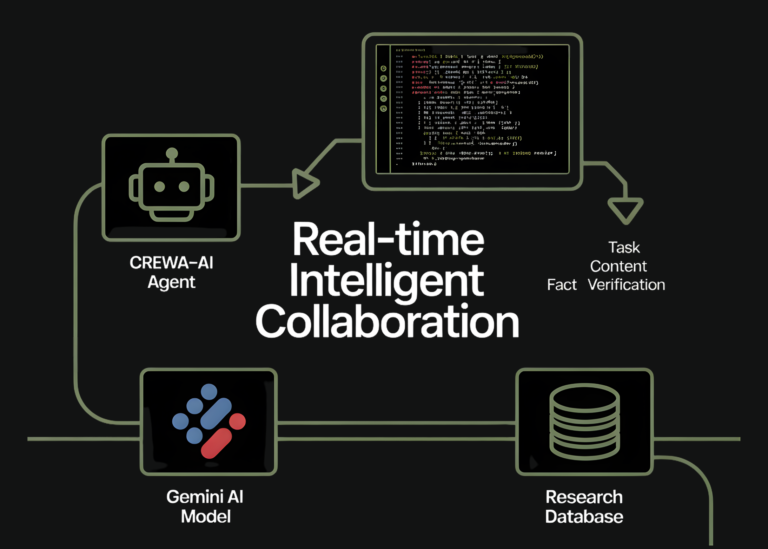AI Tools for Generating Product Descriptions: Revolutionizing E-Commerce Content Creation
In the fast-paced world of e-commerce, product descriptions play a pivotal role in driving sales, building trust, and differentiating brands. However, crafting compelling, unique, and SEO-optimized descriptions for thousands of products can be a daunting task for businesses. Enter AI-powered tools for generating product descriptions—a game-changer that is reshaping how companies create and manage their content.
The Rise of AI in Product Description Generation
Artificial intelligence (AI) has evolved from a futuristic concept to an essential tool for businesses. AI-driven platforms now leverage natural language processing (NLP), machine learning, and data analytics to generate high-quality product descriptions quickly. These tools are especially valuable for online retailers, dropshippers, and content marketers who need to scale their operations without compromising on quality.
Why Product Descriptions Matter
A well-written product description can make or break a sale. It not only informs customers about a product’s features and benefits but also addresses pain points, highlights unique selling propositions (USPs), and influences purchasing decisions. Poorly written or generic descriptions, on the other hand, can lead to high bounce rates, low conversion rates, and diminished brand credibility.
The Role of AI in Solving Content Challenges
Traditional methods of creating product descriptions often involve manual work, which is time-consuming, expensive, and prone to repetition. AI tools address these challenges by:
- Saving Time and Resources: Automating the creation of descriptions for hundreds or thousands of products.
- Ensuring Consistency: Maintaining a uniform brand voice across all listings.
- Enhancing SEO: Generating keyword-rich content that improves search engine rankings.
- Scaling Efficiently: Supporting businesses as they expand their product catalogs.
Popular AI Tools for Product Description Generation
Several AI platforms have emerged to meet the growing demand for automated content creation. Here are some of the most notable ones:
-
Jasper (formerly Jarvis)
- Features: Offers a "Product Description" template, integrates with SEO tools, and allows customization of tone (e.g., persuasive, technical, casual).
- Use Case: Ideal for e-commerce brands needing catchy, conversion-focused descriptions.
-
Copy.ai
- Features: Provides pre-built templates for product listings, supports multiple languages, and includes a "Product Description Generator."
- Use Case: Great for small businesses and startups looking for affordable, scalable solutions.
-
Wordsmith
- Features: Developed by Automated Insights, this tool excels at transforming data into human-like narratives.
- Use Case: Perfect for businesses with structured data (e.g., tech products, electronics) that need detailed, data-driven descriptions.
-
Sudowrite
- Features: Focuses on creative writing, offering suggestions to refine and enhance descriptions.
- Use Case: Useful for brands that want to maintain a creative edge while leveraging AI for efficiency.
- Articoolo
- Features: Generates unique content by analyzing existing data and rephrasing it.
- Use Case: Suitable for businesses needing to repurpose content or create variations of existing descriptions.
Balancing AI with Human Creativity
While AI tools are powerful, they are not a substitute for human expertise. Over-reliance on AI can lead to generic, formulaic content that fails to resonate with audiences. To strike the right balance:
- Edit and Refine: Use AI-generated drafts as a starting point and add personalized touches.
- Maintain Brand Voice: Ensure descriptions align with your brand’s tone and values.
- Test and Optimize: A/B test AI-generated content against human-written versions to determine what works best.
Challenges and Considerations
- Avoiding Plagiarism: Ensure AI tools generate original content to avoid copyright issues.
- Data Quality: The effectiveness of AI depends on the quality of input data. Poor data leads to subpar output.
- Ethical Concerns: Be transparent about the use of AI, especially if customers expect human interaction.
How to Choose the Right AI Tool
When selecting an AI tool for product descriptions, consider the following:
- Industry and Niche: Some tools specialize in specific sectors (e.g., fashion, electronics).
- Budget: Compare pricing models (e.g., per-word, monthly subscriptions).
- Integration: Check compatibility with existing platforms like Shopify, WooCommerce, or CRM systems.
- Customization: Prioritize tools that allow adjustments to tone, style, and keywords.
The Future of AI in Product Description Generation
As AI technology advances, we can expect even more sophisticated tools capable of:
- Hyper-Personalization: Tailoring descriptions based on customer preferences and behavior.
- Multilingual Support: Automatically generating descriptions in multiple languages.
- Real-Time Updates: Adapting content to reflect changes in product features or market trends.
Conclusion
AI tools for generating product descriptions are no longer a luxury—they are a necessity for businesses aiming to thrive in the competitive e-commerce landscape. By automating repetitive tasks, enhancing SEO, and freeing up human creativity for strategic work, these tools empower companies to deliver compelling, consistent, and customer-centric content at scale. However, success lies in blending AI efficiency with human insight, ensuring that every product description not only informs but also inspires.
In the end, the goal is not to replace human creativity but to augment it—leveraging AI as a powerful ally in the quest for better customer engagement and higher conversions. As the technology evolves, so too will the possibilities for innovation in product content creation.







